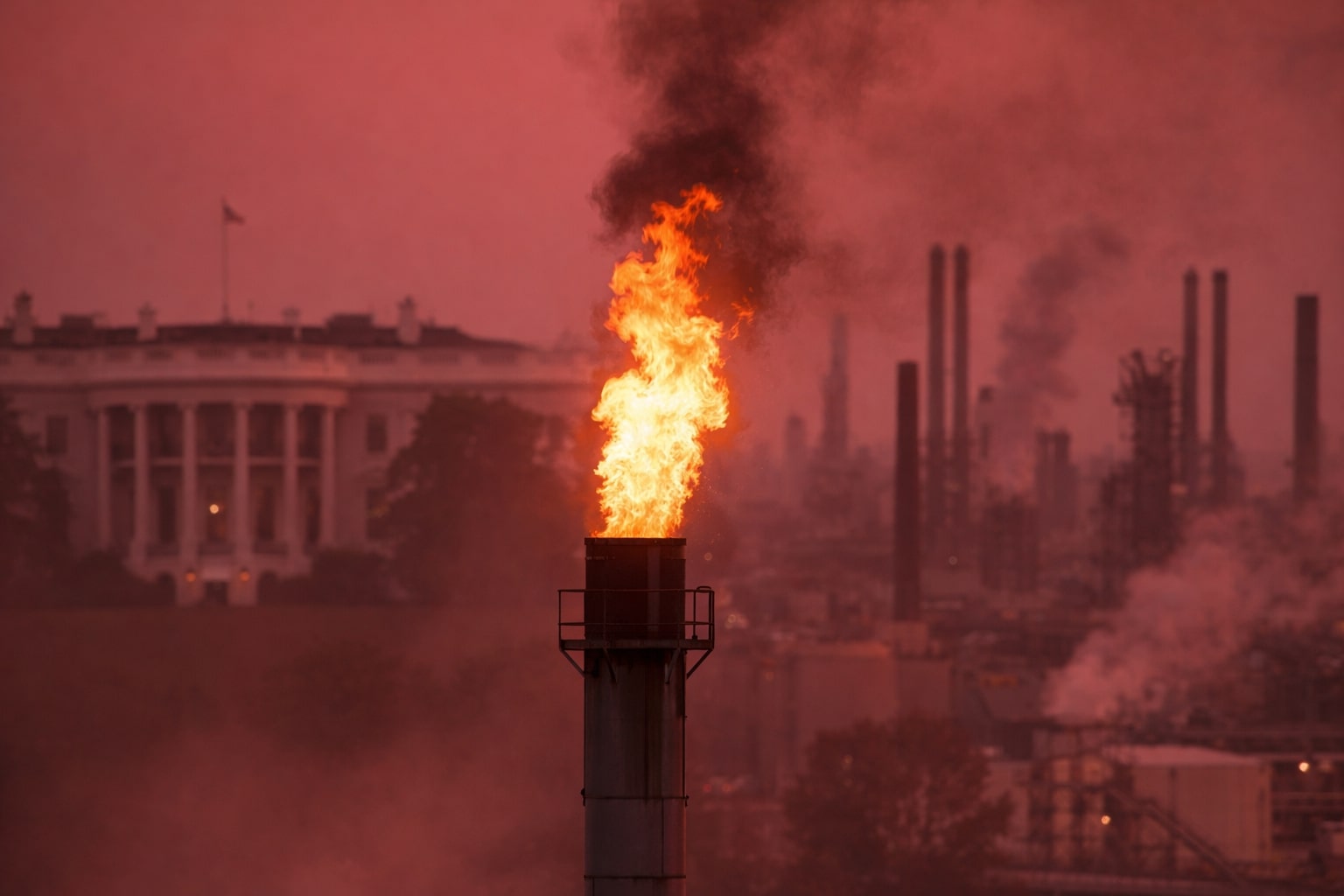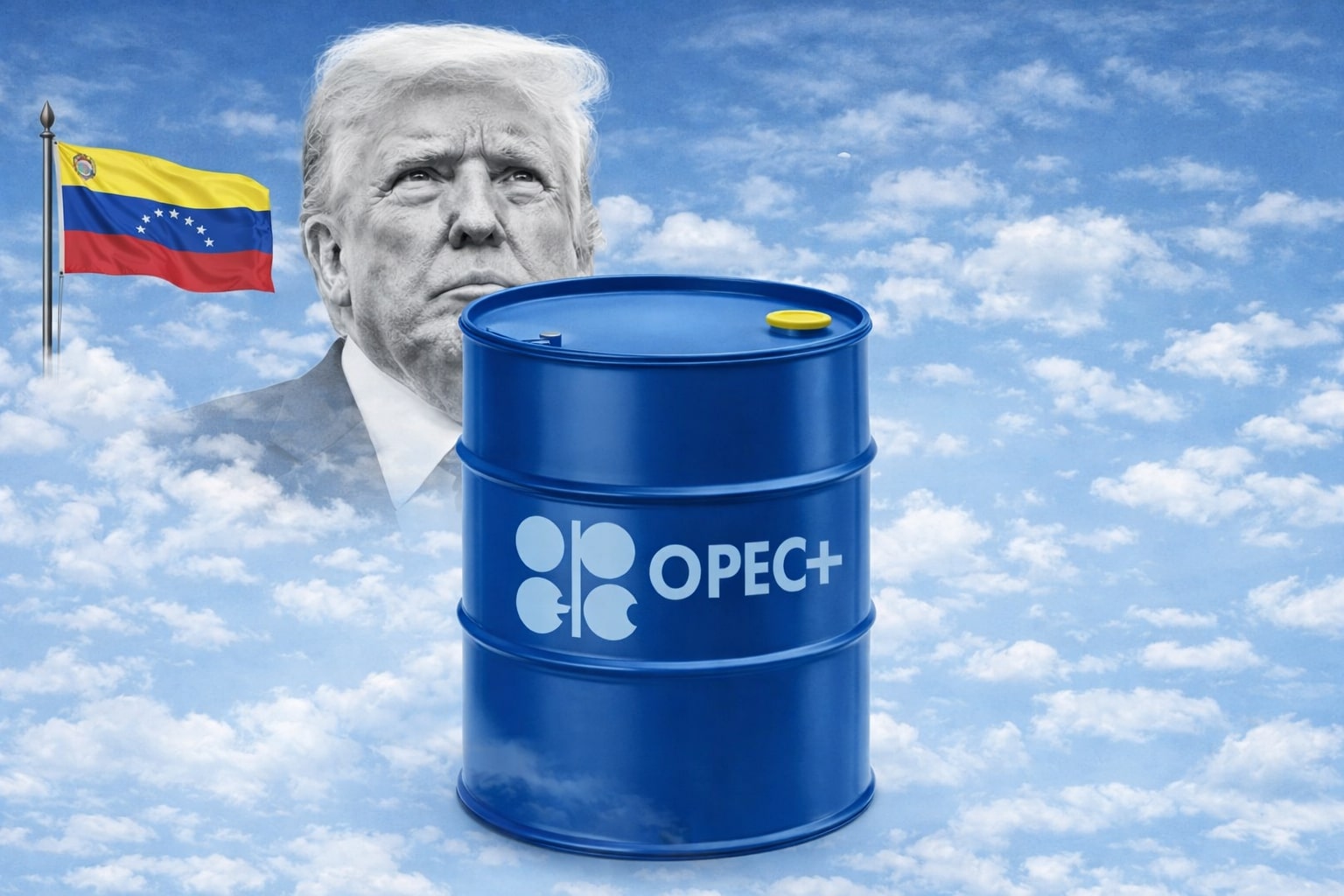Oil Price Trends: Navigating Crude Oil Inventories and Geopolitical Factors Amid Market Volatility
Oil Inventories Surge While Prices Respond to U.S.-China Trade Deal
WTI (CL=F) and Brent (BZ=F) prices saw significant movement recently, with Brent crude trading up by $1.65 (+2.54%) to $66.61 and WTI crude rising by $1.79 (+2.89%) to $63.74 in the latest trading session. This rally follows a series of significant global developments, including the resumption of the U.S.-China trade talks, leading to an agreement to pause tariffs for 90 days, which improved market sentiment for crude. The rebound from the prior week's slump, driven by weak macroeconomic sentiment and supply pressures, is a sign that the market has found renewed support. Traders are watching for further movement as they anticipate summer demand growth, particularly in gasoline and jet fuel, to remain robust, even with OPEC+'s decision to increase production by 411,000 barrels per day in May.
However, the increase in oil prices is not solely driven by demand optimism. It is also heavily influenced by inventory data. According to the American Petroleum Institute (API), crude oil inventories in the United States rose by a surprising 4.287 million barrels for the week ending May 9, breaking expectations of a 2.4-million-barrel drawdown. This marks a sharp contrast to the 4.49 million barrel decrease seen the previous week. As of this week, U.S. crude oil inventories have increased by more than 23 million barrels year-to-date. This increase in inventories may temper any further sharp rises in oil prices, especially if it signals weaker-than-expected demand recovery.
Gasoline and Distillate Inventories: Falling Supply and Tightening Markets
In addition to crude oil, gasoline and distillate inventories are also experiencing noteworthy shifts. Gasoline inventories fell by 1.374 million barrels for the week ending May 9, after a 1.97 million barrel drop the week before. Gasoline inventories are currently 3% below the five-year average for this time of year, which suggests ongoing supply tightness in the refined product market. This situation is compounded by a 3.675 million barrel drop in distillate inventories, following a 2.24 million barrel increase the previous week. As of May 2, distillate inventories were already about 13% below the five-year average, adding further pressure to the market.
A key indicator of supply tightness is the Cushing, Oklahoma, storage hub, which saw a decline in inventories by 850,000 barrels last week, following a similar decrease of 854,000 barrels in the prior week. This trend suggests that the U.S. storage hubs are facing significant reductions in their crude oil reserves, further supporting bullish sentiment in the market as traders anticipate tighter supply conditions.
Quantum Computing Risks: BlackRock Flags Security Concerns for Bitcoin and Oil ETFs
While the oil market experiences physical inventory fluctuations, there are also emerging technological risks tied to digital assets that could potentially affect future asset classes, including oil ETFs. BlackRock's iShares Bitcoin ETF (IBIT) updated its filing to include detailed risks associated with quantum computing, which could undermine the security of digital assets like Bitcoin. This inclusion highlights the increasing awareness of technological vulnerabilities that could disrupt both the digital and physical commodity markets. While this risk is speculative at this stage, the growing conversation around quantum computing serves as a reminder that technological advancements continue to shape global markets, including energy sectors like oil.
AI and Technology Adoption in Oil Industry: Enhancing Efficiency and Profitability
On the technological front, AI and related advancements are playing a crucial role in optimizing operations across the energy sector, with companies like ExxonMobil and Chevron leveraging digital technologies to maximize efficiency and profits. For instance, Imperial Oil, majority-owned by ExxonMobil, has utilized AI-powered robots and drones to enhance its operations. By deploying robot dogs like Spot for routine inspections, Imperial has been able to reduce human exposure to hazardous environments while improving operational efficiency. This technology has contributed to significant cost savings, with Imperial estimating US$500 million in annual value from digital initiatives as of 2024.
The increased use of AI in exploration, production, and maintenance is not just a matter of operational efficiency but also profitability. Chevron, for example, has used AI to increase productivity in the Permian Basin by 80% since 2019. These technologies have allowed for faster issue detection and cost savings, which directly contribute to improved profit margins in the highly competitive oil sector.
Global Oil Supply Dynamics: Shifting Focus to Africa and Asia
Geopolitical factors continue to influence the oil market, particularly in terms of production and investment decisions. Major oil companies are increasingly focusing on Africa and Asia for exploration and production opportunities, with companies like TotalEnergies and Chevron targeting offshore fields in Namibia and Southeast Asia. TotalEnergies, for example, is poised to make final investment decisions for its Venus field offshore Namibia by the end of 2026, with expectations of increasing oil production and expanding reserves in the region.
Similarly, Saudi Arabia's crude oil flows to China are expected to remain at a one-year high of 48 million barrels in June, reflecting the Kingdom's ongoing strategy to prioritize the largest oil importer in the world. This strategy includes price adjustments, with Saudi Arabia raising its Arab Light crude price by $0.20 per barrel for June, a clear signal that the country expects continued strong demand for its oil in Asia.
WTI and Brent Price Movements: Geopolitical Risk and Supply Dynamics
As oil prices remain volatile, the global supply and demand dynamics continue to play a significant role in influencing price trends. Currently, Brent crude is trading at $66.61, a $4.50 per barrel increase from last week’s level. Similarly, WTI crude has climbed to $63.74, reflecting a $3.70 recovery from last week’s drop. The 3% increase in oil prices was triggered by the positive news surrounding the U.S.-China trade truce, which has improved market sentiment and boosted optimism regarding oil demand in the coming months.
However, these gains could be short-lived if supply issues arise or geopolitical tensions escalate. The global oil market remains highly sensitive to OPEC+ production decisions, geopolitical stability in key oil-producing regions, and the broader economic climate, including potential risks like cyberattacks on oil infrastructure, a rising concern in the increasingly digital energy sector.
Conclusion: Oil Prices at a Crossroads
With WTI and Brent prices fluctuating around $63.74 and $66.61 respectively, and oil inventories rising unexpectedly, the market faces a delicate balance between supply and demand. While the positive effects of the U.S.-China trade deal and strong demand for gasoline and jet fuel provide bullish support, rising inventories and geopolitical risks remind traders that the path forward is uncertain. As AI-driven efficiency improvements and geopolitical developments shape the landscape, the outlook for WTI (CL=F) and Brent (BZ=F) remains cautiously optimistic. Market participants should closely monitor inventory data and technological advancements to assess whether the rally in oil prices can be sustained or if further volatility lies ahead.




















